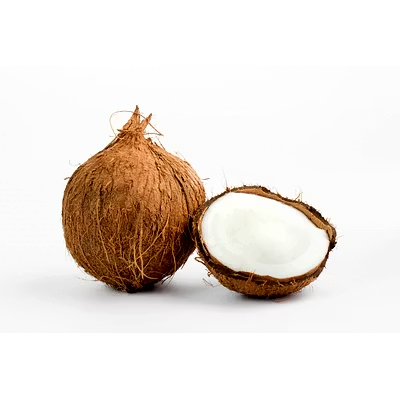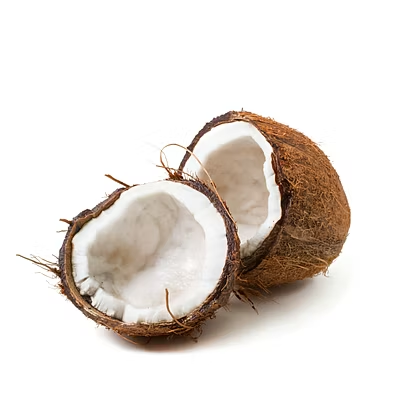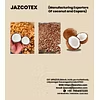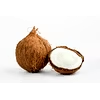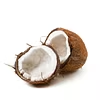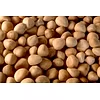coconut copra
You Save: 1. Discount: 50%
-
Product is not available
Country Of Origin : India
Edible Uses: Cooking, baking, frying, coffee creamer.
Beauty Uses: Skin moisturizer, hair conditioner, oil pulling.
Types: Virgin (unrefined), refined, fractionated.
2. Coconut Milk & Cream
Milk: Thinner, used in curries, smoothies, dairy-free drinks.
Cream: Thicker, used in desserts, soups, whipped toppings.
3. Coconut Water
Natural electrolyte-rich drink (great for hydration).
Different from coconut milk (clear vs. creamy).
4. Coconut Flour
Gluten-free, high-fiber flour for baking.
5. Coconut Sugar
Low-glycemic sweetener made from coconut palm sap.
6. Coconut Meat (Fresh/Dried)
Fresh: Eaten raw, used in desserts.
Dried: Shredded/desiccated coconut for baking.
7. Coconut-Based Products
MCT Oil (from coconut, used for energy).
Coconut Aminos (soy sauce alternative).
Coconut Yogurt/Vegan Cheese (dairy-free alternatives).
Copra is the dried meat (kernel) of coconuts, used primarily to extract coconut oil and produce coconut-based products. It’s a key commercial product in tropical coconut-growing regions.
How Copra is Made
Harvesting – Mature coconuts are split open.
Removing the Meat – The white kernel is separated from the shell.
Drying – The coconut meat is dried under the sun, in kilns, or using mechanical dryers.
Sun-Drying: Takes 5–7 days (traditional method).
Smoke/Kiln Drying: Faster but may affect flavor.
Result: Hard, dried chunks with ~6% moisture (prevents mold).
Uses of Copra
Coconut Oil Production (Main Use)
Copra is pressed to extract unrefined coconut oil, which is later refined for cooking, cosmetics, and industrial uses.
Animal Feed (Copra Meal/Cake)
After oil extraction, the leftover cake is protein-rich livestock feed.
Direct Consumption (Less Common)
Some cultures use copra in sweets or snacks, but it’s mostly processed further.
Types of Copra



